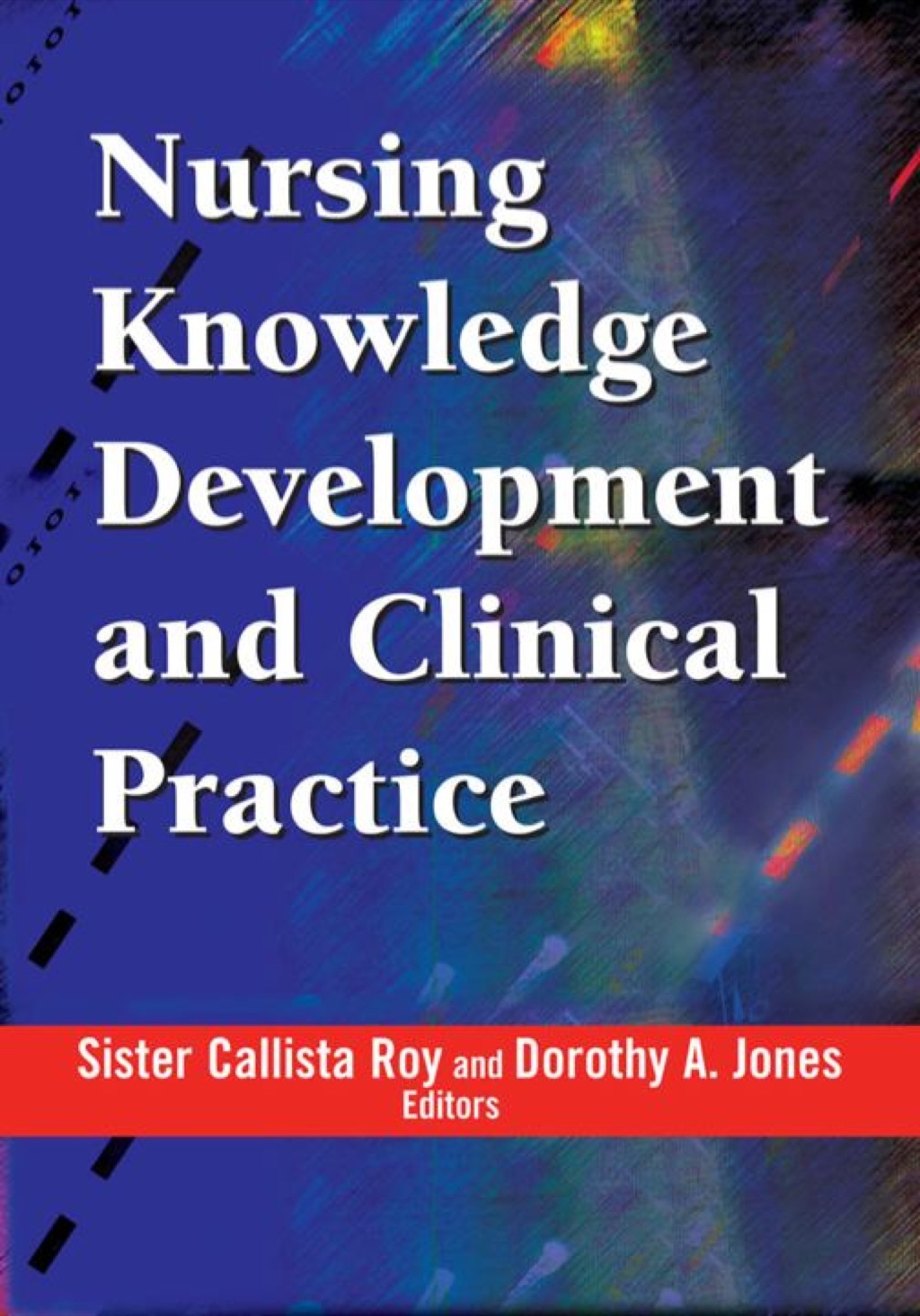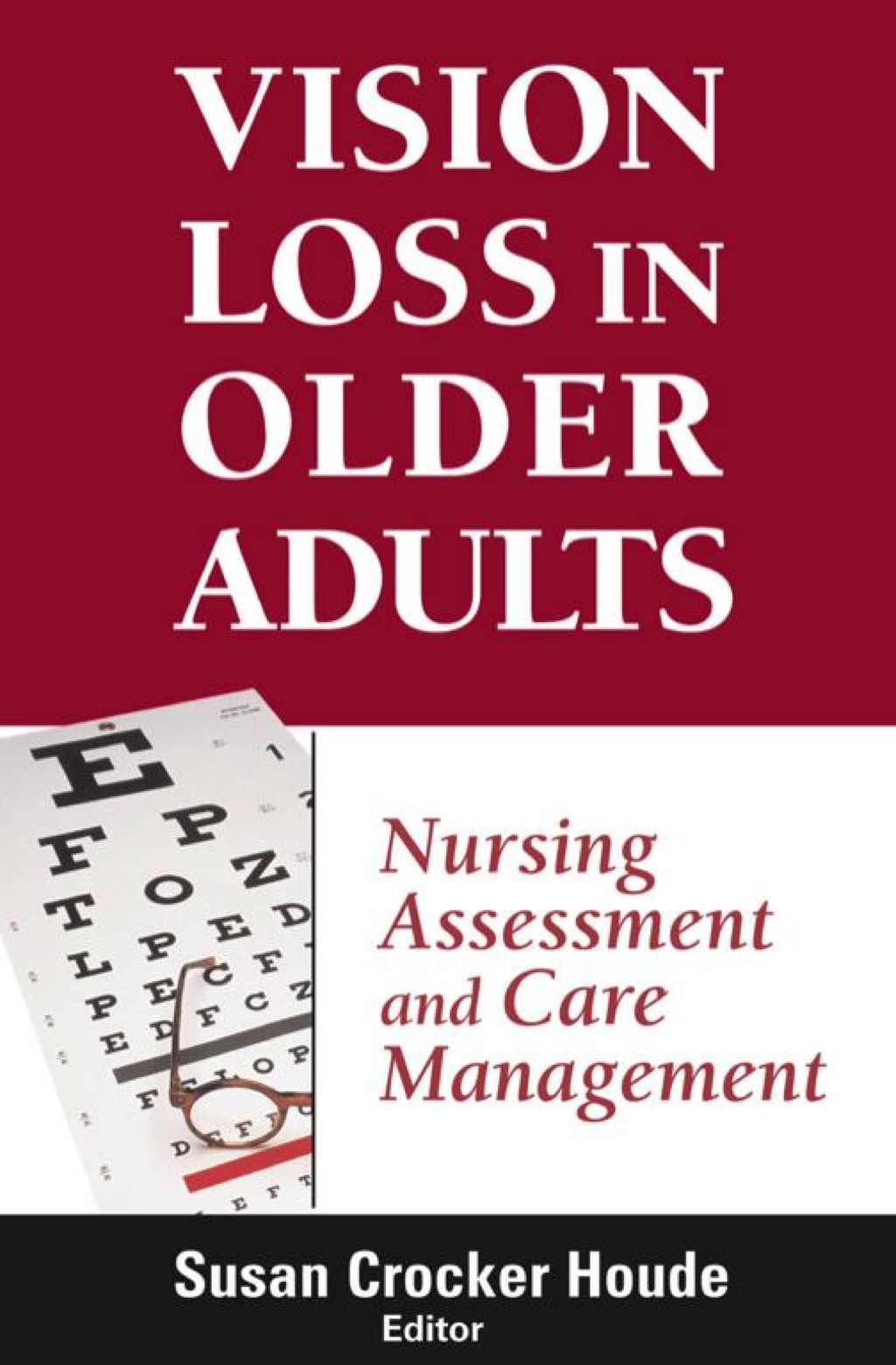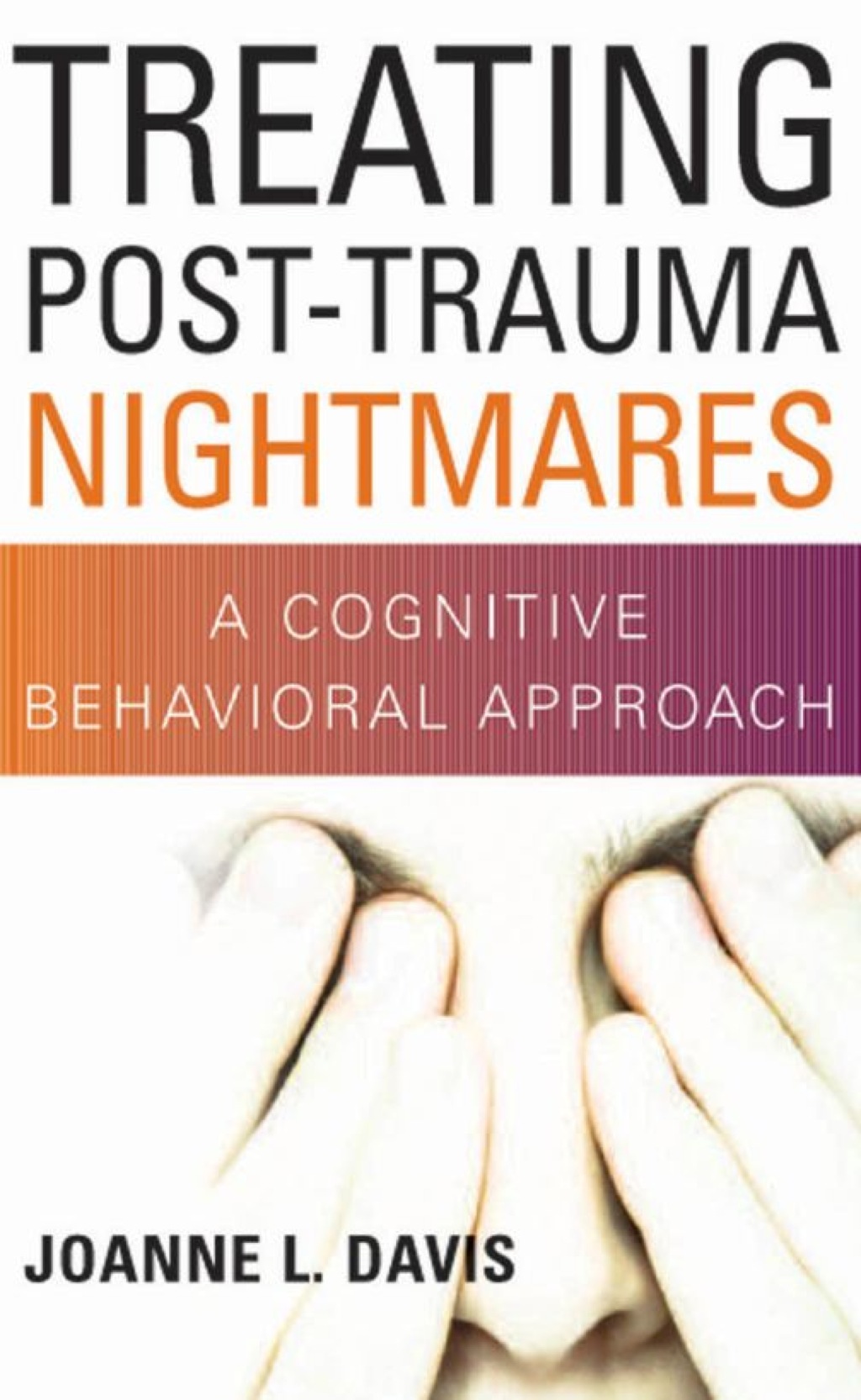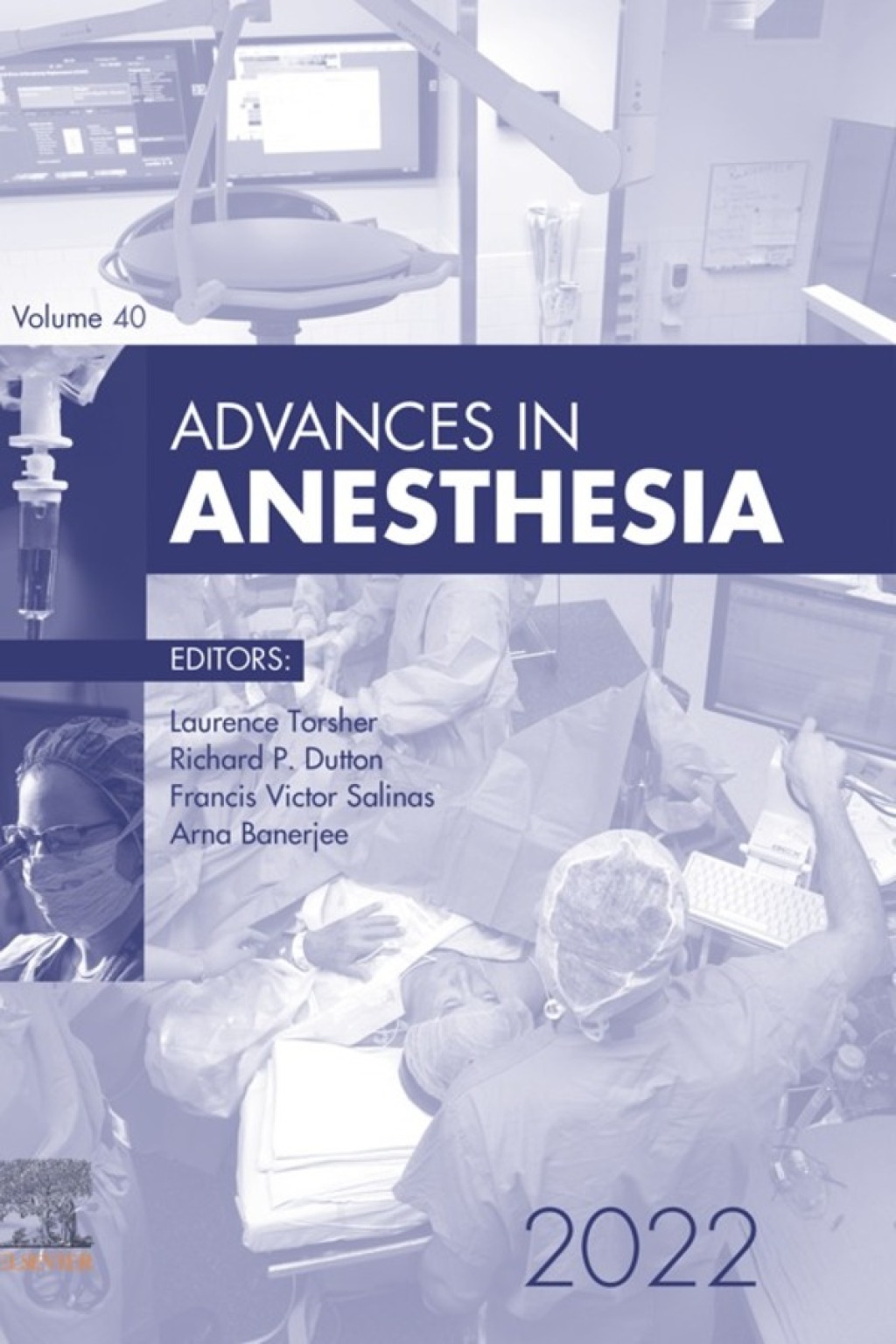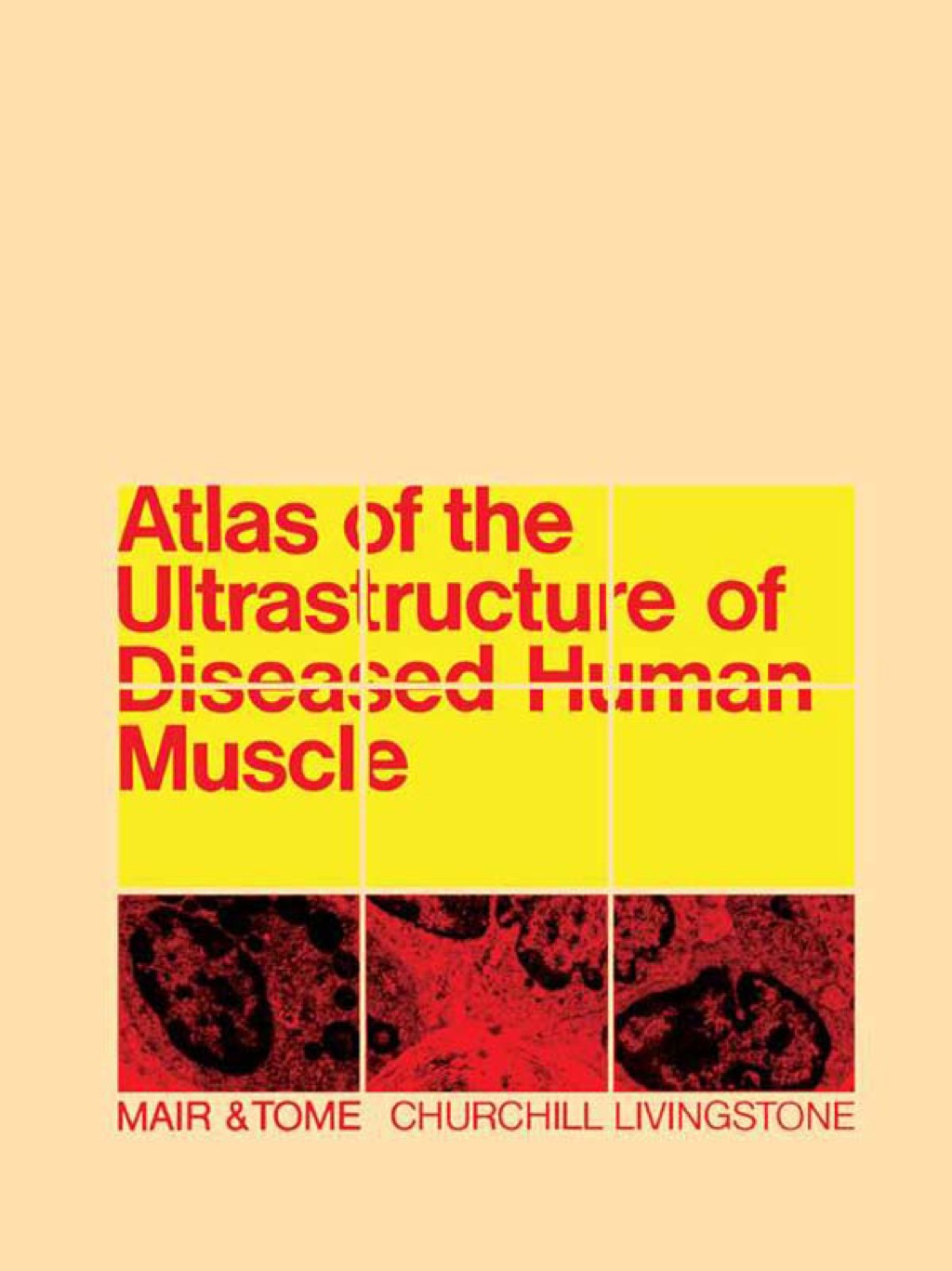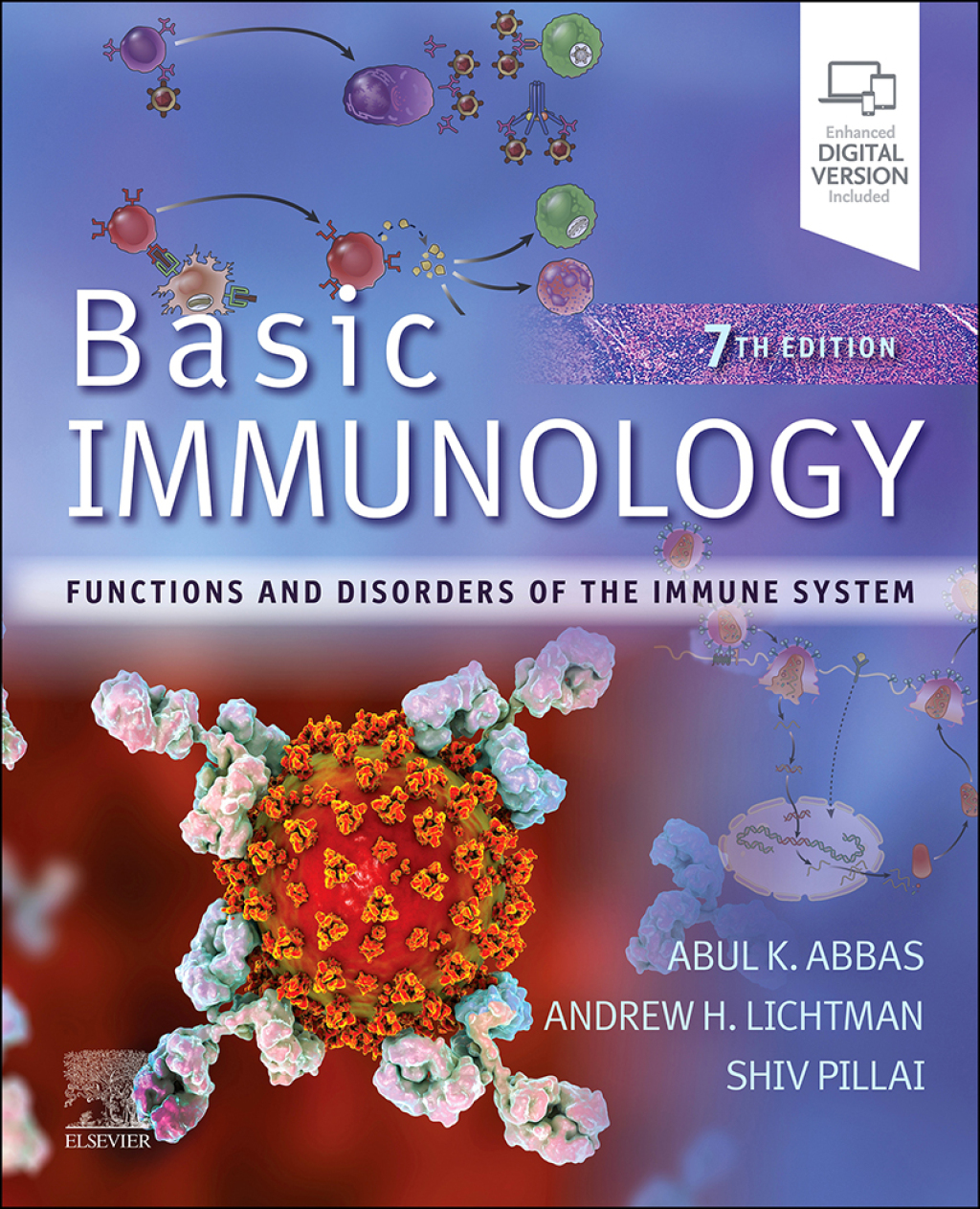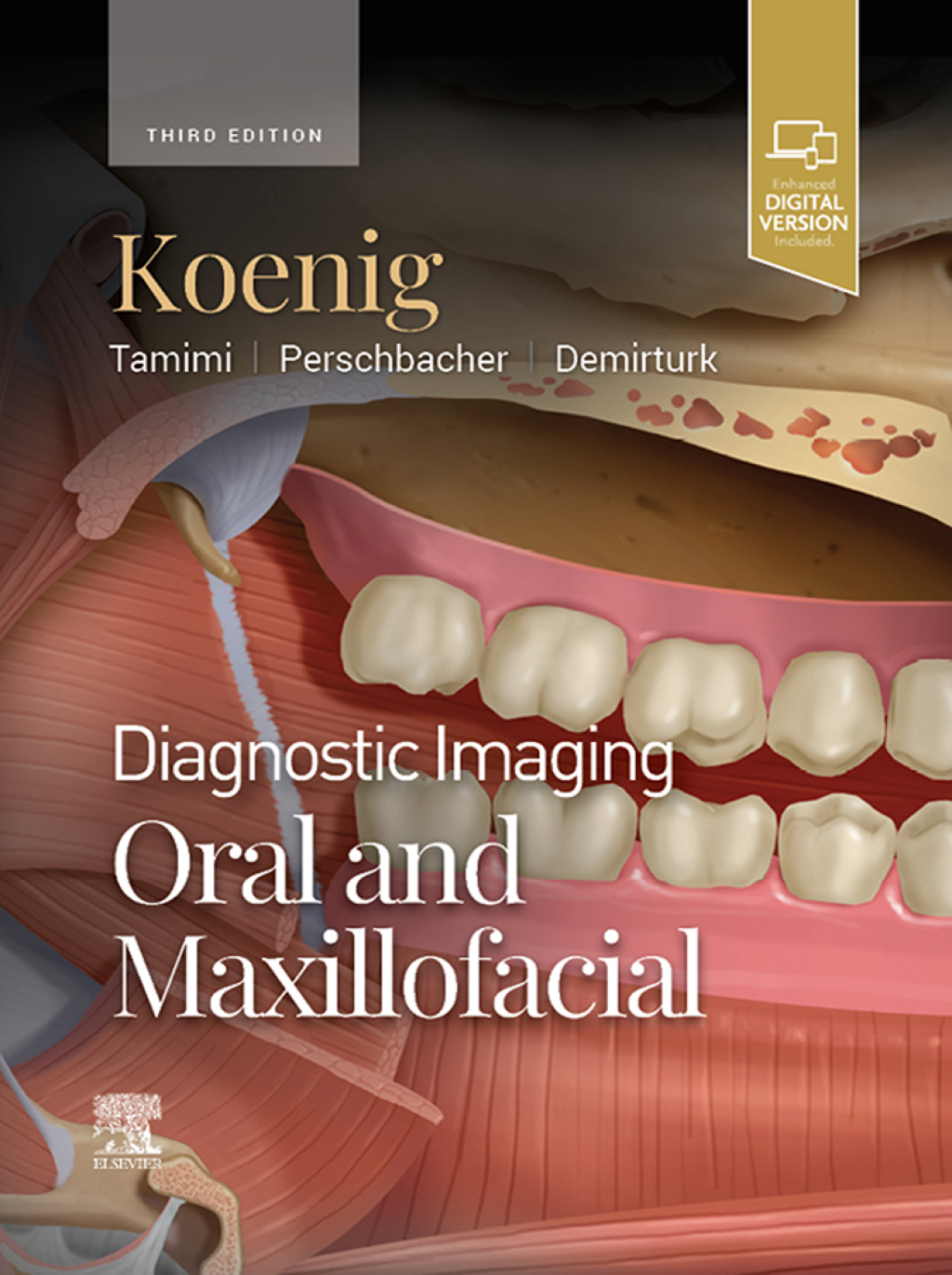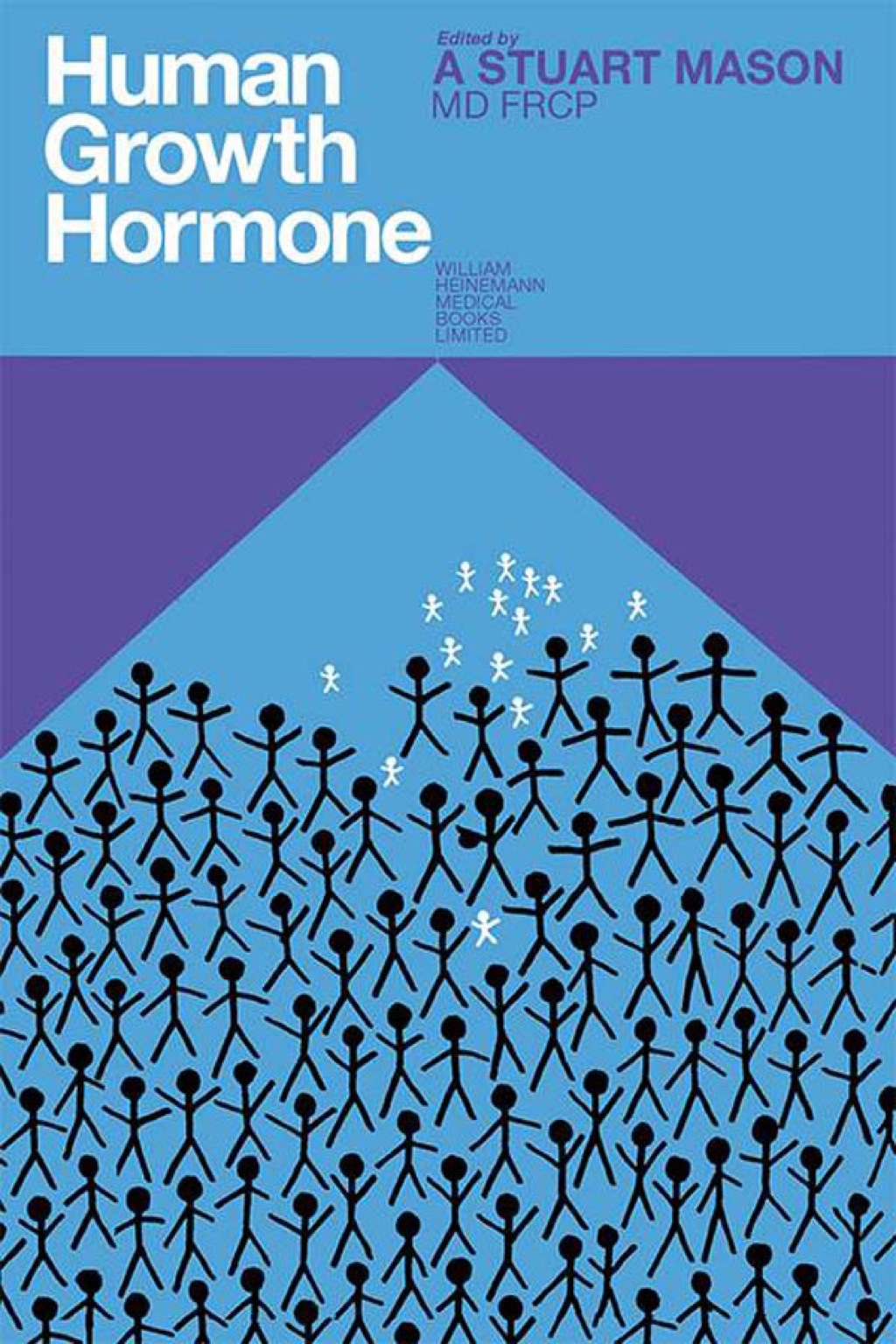“This book will be a valuable resource for those conducting research focused on trauma- related sleep disturbances and nightmares, and for clinicians working with clients with these problems.”
—Heidi S. Resnick, PhD, Medical University of South Carolina
“Extremely thoughtful and comprehensive….Dr. Davis does a superb job of providing clear, evidence-based treatment with many helpful case examples included. It is a must read for any therapist who treats patients with PTSD.”
—Sherry A. Falsetti, PhD,University of Illinois College of Medicine
Treating Post-Trauma Nightmares presents the only interdisciplinary treatment that brings together literature, theory, and techniques from sleep medicine and psychological perspectives: Exposure, Relaxation, and Rescripting Therapy (ERRT).
This groundbreaking treatment specifically targets chronic nightmares experienced by trauma-exposed persons. An empirically based book, Treating Post-Trauma Nightmares discusses the nature and characteristics of trauma-related nightmares, and serves as a guide to clinicians treating patients with PTSD or other trauma- and sleep-related disorders. Davis explores and outlines the treatment process, step-by-step, for those interested in the utilization and evaluation of ERRT.
Key Features:
- Delineates important assessment considerations, providing guidance in the assessment of traumatic events and differential diagnosis of sleep events
- Includes a section on treatment considerations, addressing potential difficulties therapists or clients may encounter, and provides suggestions for handling these situations
- Features a complete participant manual that summarizes all components of the treatments explained in the book

